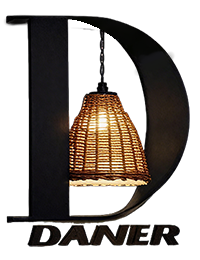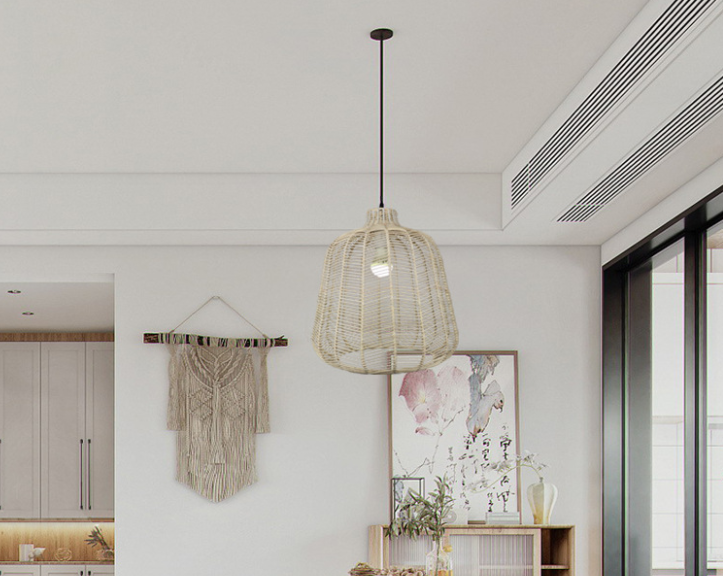5 Sustainability Checks Before Buying a Woven Lamp
Handmade woven lamps are beautiful, but are they truly eco-friendly? Before purchasing a tropical woven light or a coastal bamboo hanging light, make sure to verify these sustainability points.
1. Material Source
Confirm that materials like jute, raffia, and bamboo are harvested responsibly. A jute pendant lamp or eco jute ceiling lamp should be made from renewable and biodegradable fibers.
2. Production Practices
Ask if artisans are paid fairly. Ethical production is part of sustainability. Items like the Artisan eco-friendly Handmade Boho restaurant woven natural rattan bamboo light usually highlight fair-trade practices.
3. Durability
Sustainable doesn’t mean fragile. A woven wicker chandelier or handwoven rattan lamp should be sturdy enough to last for years, reducing waste.
4. Transport and Packaging
Look for eco-conscious packaging. A macrame pendant light wrapped in recyclable paper is far better than one shipped with plastic foam.
5. Lifecycle Impact
Choose lamps that can be repaired or recycled. For example, a wicker dome pendant with replaceable wiring extends its usability and lowers environmental impact.
tropical woven light, jute pendant lamp, eco jute ceiling lamp, handwoven rattan lamp, macrame pendant light, woven wicker chandelier
READ MORE:
Address
No. 3, Lane 6, Fushan, Tiebian Village, Henglan, Zhongshan City

CONTACT US
_lutHu5.png)


Call Us
13527147288
E-mail Us




